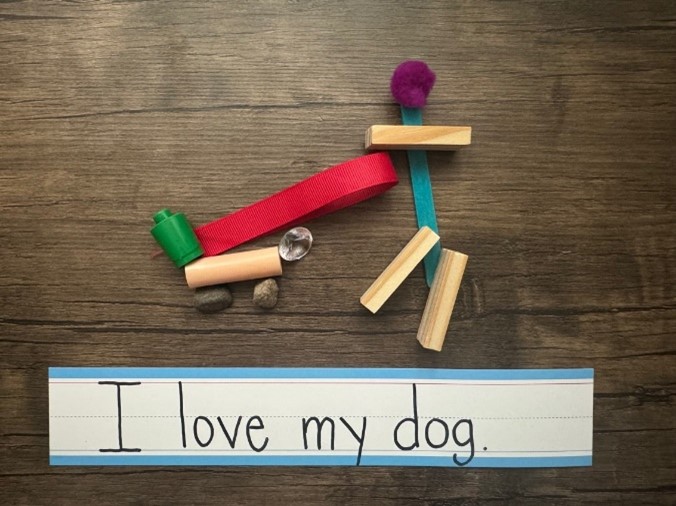
What can a cardboard box be?
The teacher brought in a few large cardboard boxes and displayed them at the front of the Kindergarten classroom. Learners were immediately interested and began to share their wonderings and ideas of what had been inside the boxes and what the boxes were to be used for. The teacher left the boxes displayed for a few days, during which time she read books about imagination, design, and creation. The boxes were left out during playtime, and learners began to interact with them.
The next week, the teacher invited learners to share their ideas about what to create with the boxes. The teacher encouraged them to talk about what they could make that would be useful and used in the classroom. The class observed that the play tent in the classroom was a much-loved space. Learners in the classroom used the tent as a calming space, a sharing space, and as part of dramatic play. They decided that they wanted to make something similar that they could enter with their peers. As the class had been learning about shapes and had practised drawing them, each learner was invited to draw their design and share it in the class discussion. The teacher was available if needed.
The teacher assisted the class in sharing ideas and modelled how learners could offer positive feedback on others’ designs. As they shared, their classmates celebrated “stars and wishes” related to the designs. After all of the ideas were presented, a castle design was chosen, and learners worked together to adapt the design and create a list of features that they wanted included, such as a door, windows, a tunnel to connect the boxes, and turrets.
Over the next week, the class worked together to bring their design to life. Learners took part in every element of the construction. Along the way, the teacher asked questions and assisted them in problem solving and adapting their plans. When the castle was finished, each learner shared about their role in building their creation at family conferences.
Read-Alouds
Portis, Antoinette. Not a Box. Harper Collins, 2006.
Smith, Kim. Boxitects. Clarion Books, 2020.
Spires, Ashley. The Most Magnificent Thing. Kids Can Press, 2014.